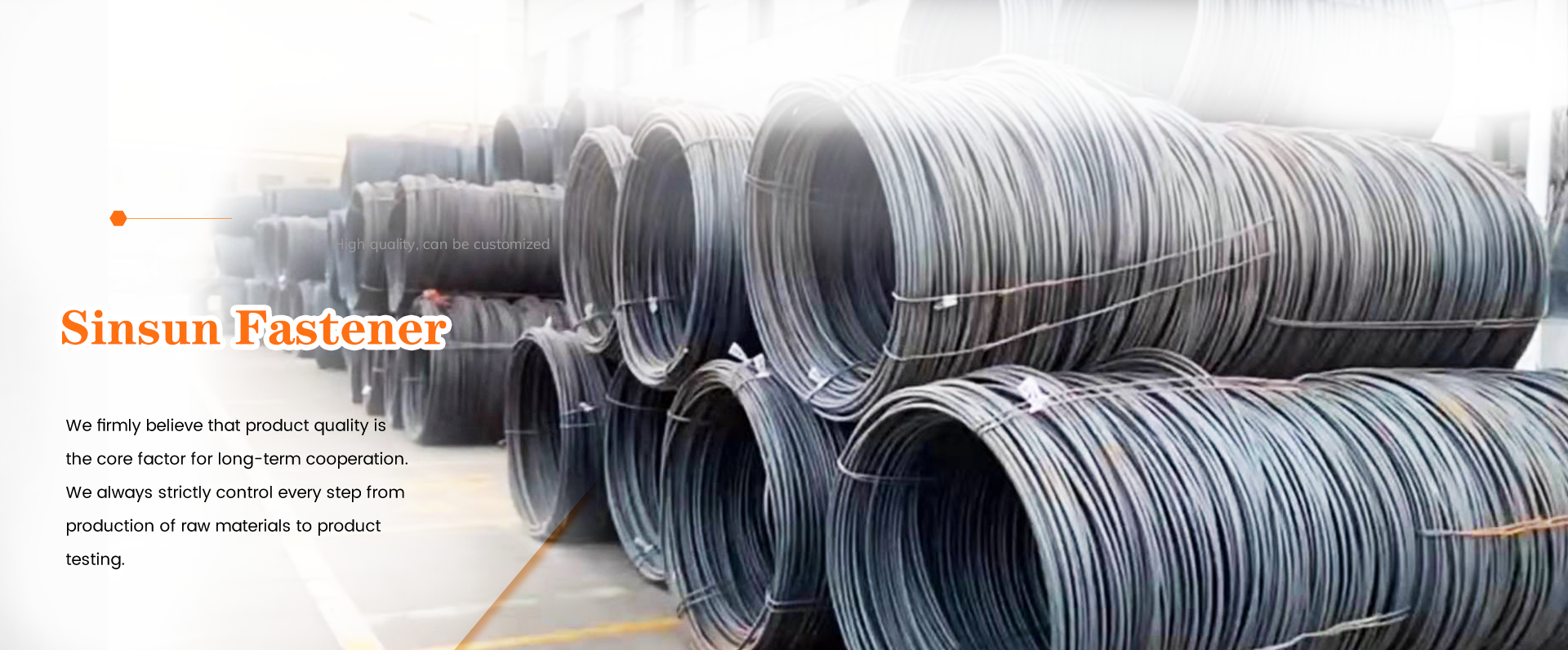Classification and Uses of Cement Board Screws
When it comes to sturdy and reliable constructions, cement board is a popular choice due to its durability and resistance to moisture. To ensure the cement boards are securely fastened, cement board screws are essential. These screws are specifically designed to penetrate cement boards effortlessly without cracking or damaging them. In this article, we will explore the different types of cement board screws available in the market and their specific uses.
1. Self-Tapping Cement Board Screw:
The self-tapping cement board screws are equipped with a sharp point that cuts through the cement boards without the need for any pre-drilling. These screws are ideal for applications where speed and efficiency are crucial, as they create their own paths while being driven into the boards. They save time and effort, making them a popular choice among contractors and DIY enthusiasts.
2. Self-Drilling Cement Board Screw:
Similar to self-tapping screws, self-drilling cement board screws also eliminate the need for pre-drilling. However, what differentiates them is their drill bits incorporated into their design. These screws swiftly drill through the cement boards while being screwed in. They offer superior holding power and are suitable for heavy-duty applications.
3. Cement Board Screw with Spoon Point:
The cement board screws with a spoon point have a unique tip shape resembling a spoon. This design makes it easier to penetrate the cement boards without causing any cracks or fractures. The rounded tip allows these screws to glide smoothly through the surface, providing a tight grip and preventing any damage. They are commonly used in applications where a strong, secure fastening is required, such as installing cement boards in bathrooms or kitchens.
4. Cement Board Screw with Wing:
Cement board screws with wings, also known as bugle head screws, have a wide, flat top with tapered sides. The wings or ribs on the head of these screws provide a larger bearing surface, distributing the load evenly and reducing the risk of the screw sinking into the board. These screws are particularly useful when attaching cement boards to wooden studs or frameworks.
In addition to these specific types, cement board screws are classified based on their size, length, and material composition. They are available in various sizes ranging from 1 to 3 inches, allowing customization based on specific construction requirements. Stainless steel and coated steel are commonly used materials, providing resistance to corrosion and ensuring long-lasting reliability.
The applications of cement board screws are vast and varied. They are primarily used to fasten cement boards to wood or metal frames during the construction of walls, floors, and ceilings. These screws are also vital for securing cement boards to create mortar beds in tiled surfaces, providing a stable foundation for ceramic tiles. Moreover, they find their utility in applications like permanent outdoor fixtures, siding, roofing, and subflooring.
In conclusion, cement board screws play an integral role in ensuring the stability and longevity of cement board constructions. The variety of cement board screws available in the market caters to different needs and preferences. By understanding their classification and specific uses, contractors and DIY enthusiasts can make informed choices while selecting the most suitable cement board screws for their projects.
Post time: Nov-03-2023





